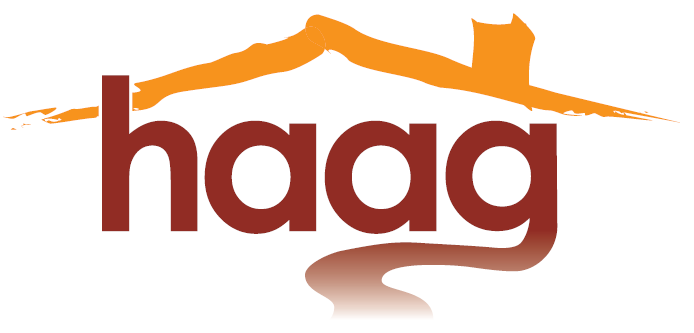A Home for Diversity - Homelessness Services and CALD communities
Building the Capacity of Homelessness Services to Meet the Needs of Older Culturally and Linguistically Diverse Victorians
A Home for diversity was a 6 month project that aimed to increase the capacity of homelessness services to work with people from culturally and linguistically diverse backgrounds. The project provided training to housing workers, particularly those who work with older people. This training was provided by the Centre for Culture, Ethnicity and Health, in collaboration with Housing for the Aged Action Group.
Click here to download the final report for the "A Home for Diversity' project.
Background
2011 ABS data shows that 85,000 older people rent in the private market in Victoria. This represents an increase of 44 percent since 2006. Along with lower rates of home ownership and reductions in the supply of public housing, the private rental market is becoming the main housing option available for people on low incomes. However, private rental housing is highly insecure, unaffordable and unadaptable for people as they age.
Older renters from culturally and linguistically diverse backgrounds often experience discrimination and hardship in the private rental market. They also have less access to resources that may help them with housing problems and to find secure, affordable housing. This puts them at significant risk of becoming homeless.
Currently, almost 20 percent of Australia’s population aged 50 and above, and 20.1 percent of Australia’s population 65 aged and above were born in non-English speaking countries (ABS 2011). In Victoria the proportion of the population aged over 65 born in non-English speaking countries is even greater still, standing at approximately 30 percent (ABS 2011).
As such, it is important that this growing population of older people can access homelessness services, and that services are equipped to provide an appropriate service response.
Learnings from the ‘Preventing Homelessness in Older CALD Communities’ project
Most of the groups consulted as part of the ‘Preventing Homelessness in Older CALD Communities’ project noted that services must have a basic understanding of their culture in order to provide an effective service. The Serbian community reference group noted;
“People, who come to a new country as refugees in the later phase of their life, find it very difficult to adapt. Services should consider the circumstances of those people affected by war and their ability to adjust to a new way of life”.
Similarly, the Chinese community reference group suggested:
“We need to help mainstream workers enhance cultural understandings of the housing issues faced by Chinese elderly people. Clients tend to trust those who understand them deeply”.
With better knowledge of people’s migration history, cultural values and practices and how these may impact on peoples’ housing situation, services can improve their response to people from diverse backgrounds.
The 2015 Housing for the Aged Action Group and Ethnic Communities’ Council of Victoria joint project- ‘Preventing Homelessness in Older CALD Communities’, found that clients from culturally diverse backgrounds are reluctant to use services that are unable to understand their needs. The cultural needs of people from non-English speaking backgrounds can involve religion, cultural practices, politics, connection to family, migration history and the importance of ties to their community.
A Home for Diversity Project
A Home for Diversity has three phases:
- A developmental phase where a Community Reference Group and a Housing and Homelessness Reference Group are consulted
- A design phase where training is designed in collaboration with the Centre for Culture Ethnicity and Health- based on the information garnered from the consultation process
- The delivery phase where the training is delivered to housing workers
The key outcomes of the project were:
- Housing support workers (who work with older people) built a clearer understanding of best practice when working with people from the key communities
- Housing and homelessness organisations received the tools to implement policy changes that promote better outcomes for people from the key communities
- Housing agencies can provide better services as workers have received training and information about working with specific communities and CALD communities in general
- People from key communities should be more willing to use housing and homelessness services because they have been provided with a culturally responsive service
A Home for Diversity worked closely with two reference groups:
1. A community reference group consisting of representatives from the following communities:
- Arabic Speaking
- Chinese
- Bosnian
- Croatian
- Serbian
- South Asian
This reference group provided their expertise on best practices in working with the targeted communities.
2. A Housing and Homelessness Reference Group consisting of representatives of the homelessness sector, particularly agencies providing services to older people including;
- The Assistance with Housing and Care for the Aged (ACHA) services
- Community Connections Program (CCP)
- Any other programs assisting older people at risk of homelessness
This reference provided its expertise on barriers to accessing services from an agency perspective and the best ways to implement changes in the sector.


 "There is nothing like staying at home for real comfort."
"There is nothing like staying at home for real comfort."